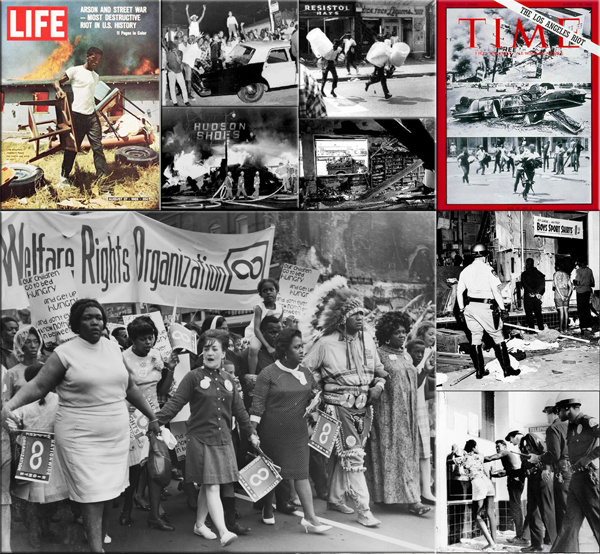
Watts Riot begins on August 11, 1965
Watts Riot begins: In the predominantly black Watts neighborhood of Los Angeles, racial tension reaches a breaking point after two white policemen scuffle with a black motorist suspected of drunken driving. A crowd of spectators gathered near the corner of Avalon Boulevard and 116th Street to watch the arrest and soon grew angry by what they believed to be yet another incident of racially motivated abuse by the police.
A riot soon began, spurred on by residents of Watts who were embittered after years of economic and political isolation. The rioters eventually ranged over a 50-square-mile area of South Central Los Angeles, looting stores, torching buildings, and beating whites as snipers fired at police and firefighters. Finally, with the assistance of thousands of National Guardsmen, order was restored on August 16.
The five days of violence left 34 dead, 1,032 injured, nearly 4,000 arrested, and $40 million worth of property destroyed. The Watts riot was the worst urban riot in 20 years and foreshadowed the many rebellions to occur in ensuing years in Detroit, Newark, and other American cities.
History Channel / Wikipedia/ Library of Congress / Los Angeles Times / TIME-LIFE / Detroits Great Rebellion
Images: Los Angeles Watts Riots 1965
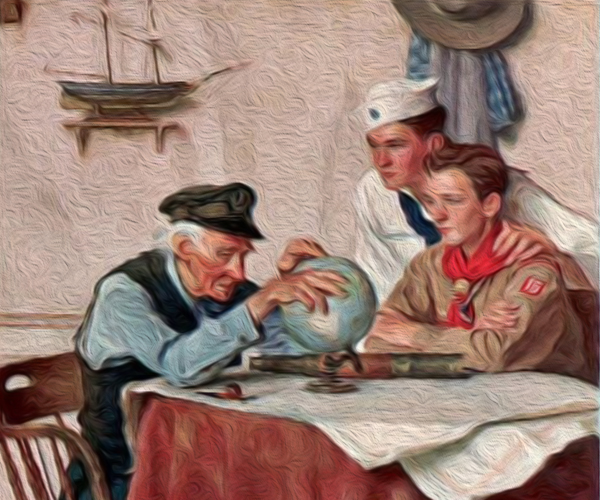
Understanding Military Terminology - Landing force
(DOD) A Marine Corps or Army task organization, which is part of the amphibious force, formed to conduct amphibious operations. Also called LF. See also amphibious force; amphibious operation; amphibious task force; task organization. Joint Publications 3-02 (Amphibious Operations)

The Old Salt’s Corner
This area, not physically located in CVIC, includes a large collection of navigational and aircraft plotting maps useful in the mission planning process. The most used chart however, are stored in CVIC. Coverage of the charts will usually correspond regionally to where the CVBG is normally assigned.
FAS.org / Module 6 — Intelligence WORK CENTERS

“I’m Just Sayin’”
Do infants enjoy infancy as much as adults enjoy adultery?

“Thought for the Day”
“Coming together is a beginning; keeping together is progress; working together is success.
~ Henry Ford

“What I Have Learned”
“Life will sometimes hand you a magical moment. Savor it!”
~ H. Jackson Brown

Bizarre News (we couldn’t make up stuff this good – real news story)

France’s daily La Provence reported in May that at least one enterprising drug dealer in Marseilles had begun distributing “loyalty cards” to its best customers, offering a 10-euro discount on future sales after that customer’s card was full (all 10 squares stamped from previous sales).
“I was at a pizzeria or something.” The card also expressed thanks for the patronage and reminded the customer of operating hours (11 a.m. to midnight).
La Provence via Inquisitr (05/21/2015)
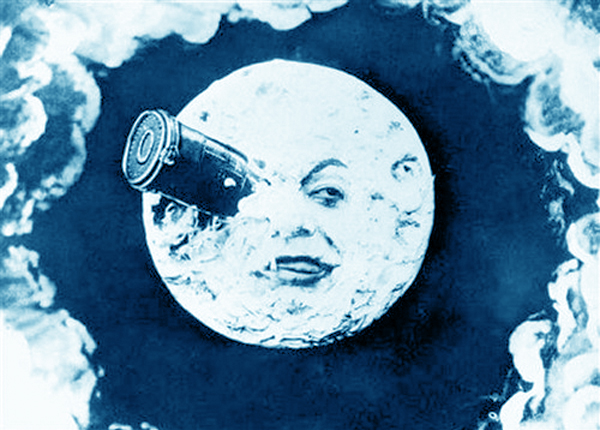
Mr. Answer Man Please Tell Us: What is a blue moon? Is the moon ever really blue?
“Once in a blue moon” is a common expression that has been used for a long time, and which means “not very often”, or “very rarely”. It often refers to an extra full moon; however, it has been used to describe the way the moon actually looked, when for different reasons it had turned a blueish color.
The expression “blue moon” has been around for a very long time, and it almost always refers to a full moon of a very special kind, but sometimes it is really a description of the moon, which for different reasons turns blue. When the famous volcano Krakatoa exploded and lots of dust was sent into the atmosphere, it made for some very unusual skies, including blue moons!
In America “blue moons” were calculated every year and listed in the Maine Farmers’ Almanac starting in the 19th century and continuing on into the early 20th century. Instead of using the calendar year that we are used to, which runs from January 1st through December 31st, the almanac used what is called the ‘tropical year,’ which extends from one winter solstice, usually around December 20 (the “Yule”), to the next. Most tropical years contain 12 full Moons - three each in winter, spring, summer, and fall - and each of those full moons is named for an activity appropriate to the time of year (Easter Moon, Harvest Moon, Yule Moon, etc.). But every once in a while a tropical year contains 13 full Moons, so one season has four full moons instead of just three, hence the “blue moon”. The almanac also names all the full moons, including blue moons, at the beginning of each tropical year calendar. But the interesting twist is that the blue moon is the third full moon in the season that has four. Why the third moon rather than the fourth, you might ask? That is because other full moons with other special names have to fall at their correct times of the year. This rule made it all work out on the calendar according to the almanac.
Today the expression “blue moon” has another meaning which started out as a misinterpretation published in a magazine article!
The second type of blue moon, which has become the most widely used, simply means the second full moon of a calendar month. Back in 1946, a very popular astronomy magazine published what turned out to be an incorrect explanation of the blue moon, and this is how it happened:
In a question-and-answer column in Sky & Telescope's July 1943 issue, Laurence J. Lafleur of Antioch College, Ohio, discussed “Blue Moons”, citing the 1937 Maine Farmers' Almanac as his source, but he didn’t explain all the complicated calendar stuff. Then, three years later, in March 1946, a man named James Hugh Pruett from Eugene, Oregon, who also wrote for Sky & Telescope, wrote an article called “Once in a Blue Moon”. In his piece, Mr. Pruett also mentioned the 1937 Maine Farmers’ Almanac and repeated some of Lafleur's earlier comments. But then he went on to say that “Seven times in 19 years there were - and still are - 13 full moons in a year. This gives 11 months with one full moon each and one with two. This second in a month, so I interpret it, was called Blue Moon.”
This meaning has today become the commonly accepted one. It was further fixed into modern use when it was broadcast on the popular radio program StarDate on January 31, 1980. The author of that program was Deborah Byrd, who also writes for the radio program Earth & Sky, and whose Web site gives her perspective on this modern contribution to lunar folklore.
So, “blue moon” as most of us today know it, is modern American folklore, but with a long interesting history involving calendars and the measuring of the year. Still, no matter what meaning you give it, blue moons are pretty rare, and everyone knows what you mean when you say “once in a blue moon!”
EarthSky.org
• Library of Congress
• Sky and Telescope
• Space
• Time and Date
• Wikipedia
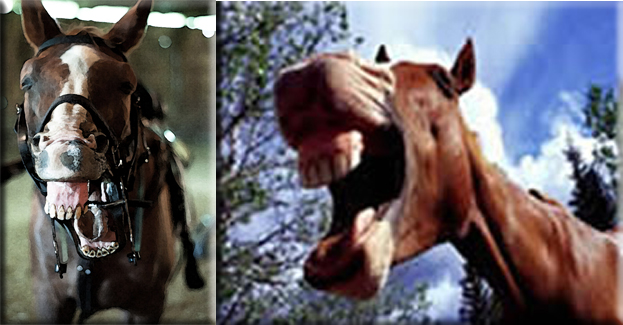
Where Did That Saying Come From?
“Long in the tooth and Never look a gift horse in the mouth:” The source of “long in the tooth” was, fittingly, the primary mode of transport at that time, the humble horse. It’s not all that easy to tell from just looking at a horse just how old the critter is. But when horses age, their gums recede, eventually to the point where the roots of their teeth are visible, which makes the teeth themselves appear longer. Thus a horse visibly “long in the tooth” would be judged to be very mature at least, and possibly quite old. So a method of judging the age of a horse, originally of interest only to horse-traders and racing touts, gave us the common expression “long in the tooth”, meaning “over the hill”.
If you happened to be given a horse as a gift, it was considered very rude and ungrateful to immediately take a close look at its teeth to judge its age, especially in the presence of the gift-giver. Thus as long ago as the 16th century the proverb “Never look a gift horse in the mouth” served as a general warning never to criticize or find fault with a gift or an occasion of good fortune.
Word Detective / Phrases.org UK

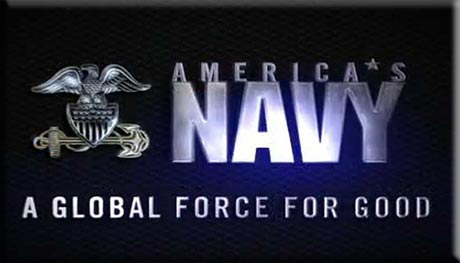
NAVSPEAK aka U.S. Navy Slang
Cruise: A 6-month (or longer) deployment on a ship. Work-ups precede cruise.
Crusty: A term applied to an old, seasoned sailor when he is beyond salty. It's time for him to retire, but he can't seem to let go, and the Navy forgot he was still around (frequently the case with geriatric Senior Chiefs). Can also describe a sailor's underwear, when that sailor has bowel control problems and personal hygiene problems.
Cryppy/Cryppy Critter: Cryptographer, also seen on a highway near the Cryptography School in San Angelo, Texas without vowels, as CRYPPY CRTTR.
CVIC: (pronounced “civic”) Carrier Intelligence Center - centrally located space on an aircraft carrier occupied by intelligence officers and IS's. Flight crews often go there to debrief after a flight. The most useful thing in CVIC is usually the high speed industrial strength paper shredder.


Just for you MARINE
Gangway: An order given to clear space for an approaching senior officer or to clear a path in a crowd or gaggle (See Make A Hole). Also a ladder or ramp used to embark and debark a ship.
Garbage Burner: (Vietnam Era) Unofficial name given to the M67A2 Flame Thrower Tank since it was used most in Vietnam to burn garbage dumps.
Garrison: Any place with civilized comforts, such as showers and cots, can be found. Not in the boonies.

Naval Aviation Squadron Nicknames
VR-53 - Fleet Logistics Support Squadron 53: “Capital Express”
Joint Base Andrews, Maryland
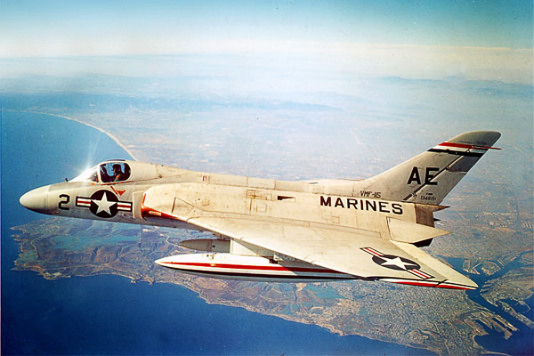
Aircraft Nicknames
F-4D Skyray nicknamed “Ford” The Douglas F4D Skyray (later redesignated F-6 Skyray) was an American carrier-based supersonic fighter/interceptor built by the Douglas Aircraft Company.
The F4D Skyray was notable for being the first carrier-launched aircraft to hold the world's absolute speed record, at 752.943 mph, and was the first United States Navy and United States Marine Corps fighter that could exceed Mach 1 in level flight. Boeing / Naval History.org / Wikipedia

The Strange, Mysterious or Downright Weird

Clinking glasses and swigging beer is a scene played out of many pubs around the world, but don’t expect to see such merriment in Hungary. This old custom dates back to the 1849 war with Austria.
After defeating Hungarian forces and savagely killing thirteen of their military’s leaders, Austrian generals were celebrating by smugly clinking glasses and drinking beer. While consuming beer was never forbidden, Hungarians did pledge to refrain from clinking glasses for a period of 150 years. Today, this custom is still followed in certain circles despite the expiry of the 150-year vow.
Readers Digest (13 Unusual International Customs You Never Knew Existed)


SONG FACTS
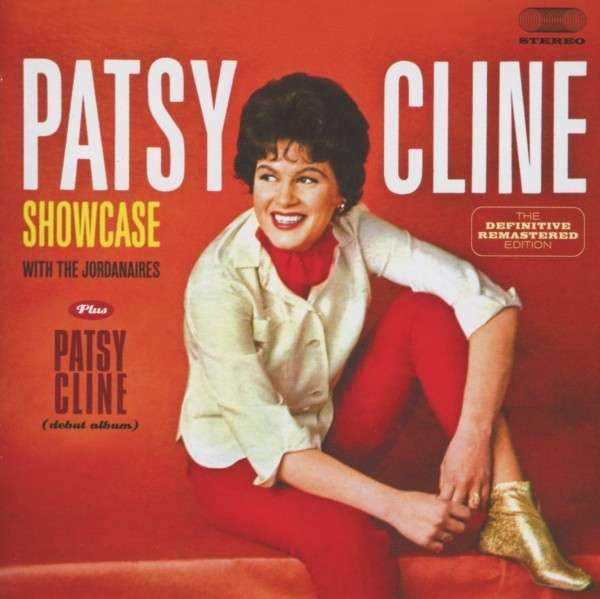
“Crazy” - Patsy Cline
Album: Patsy Cline Showcase
Released 1961 
This was written by Willie Nelson. He was a struggling country singer at the time and got a big break when Cline recorded this and made it a hit. It has become one of Nelson's most enduring songs. He covered the song for his own debut album, ... And Then I Wrote, in 1962  .
.
On an episode of VH1's Storytellers, Willie Nelson revealed that this was originally titled “Stupid”.
Cline was thrown through a windshield in a car accident 2 months before she recorded this (they didn't have seat belts back then). At the first session, she couldn't hit the high notes because of a broken rib, so the studio musicians recorded their parts without her. Two weeks later, she did her vocals while standing on crutches.
This was Cline's biggest hit. She died in a plane crash 2 years later at age 30.
In the UK, this was not a hit when it was first released, but went to #14 when it was re-released there in 1990.
According to the Amusement And Music Operators Association, this is the most-played song on jukeboxes in the United States. Bob Seger's ”Old Time Rock And Roll”  is second and Elvis Presley's “Hound Dog”
is second and Elvis Presley's “Hound Dog”  is third.
is third.
According to Mojo magazine, Willie Nelson originally tried to sell this along with several other of his songs to country music singer Larry Butler for $10 each. Butler refused to take advantage, fortunately for Patsy Cline who, despite initially disliking “Crazy”, made it into a huge hit. Both Cline's husband Charlie Dick and her producer Owen Bradley loved the song, and they that persuaded Cline to record it.
Patsy Cline official site / Rolling Stone/ Biography / All Music / Billboard / Song Facts / Wikipedia
Image: “Patsy Cline Showcase (album)” by Patsy Cline

Trivia
● Taco Bell is named for its founder, Glen Bel
● Though dragonflies possess 6 legs like any other insect, they cannot walk.
● Seashell fossils have been found high in the Himalayan mountains, suggesting that the land was once underwater.
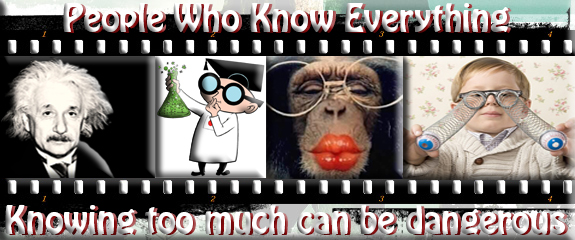
A Test for People Who Know Everything
In his first season with the New York Yankees in 1919, Babe Ruth hit more home runs than any other American League team. How many home runs did he hit that year?
● Answer for People Who Do Not Know Everything, or Want to Verify Their AnswerBabe Ruth
Answer to Last Week's Test
Elvis Presley's hair was naturally a dirty blond color. He first dyed it in 1957 hoping to emulate his Hollywood idol. Who was the idol?
Answer: Actor Tony Curtis. Elvis Australia

Joke of the Day
One morning a blind bunny was hopping down the bunny trail, and he tripped over a large snake and fell, KerPlop!, right on his twitchy little nose. “Oh, please excuse me!” said the bunny. “I didn't mean to trip over you, but I'm blind and can't see.”
“That's perfectly all right” replied the snake. “To be sure, it was my fault. I didn't mean to trip you, but I'm blind too, and I didn't see you coming. By the way, what kind of animal are you?”
“Well, I really don't know”, said the bunny. “I'm blind, and I've never seen myself. Maybe you could examine me and find out.”
So the snake felt the bunny all over, and he said, “Well, you're soft, and cuddly, and you have long silky ears, and a little fluffy tail and a dear twitchy little nose... You must be a bunny rabbit!”
Then he said, “I can't thank you enough, but by the way, what kind of animal are you?”
And the snake replied that he didn't know, and the bunny agreed to examine him, and when he was finished, the snake said, “Well, what kind of an animal am I?”
So the bunny felt the snake all over, and he replied, “You're hard, you're cold, you're slimy and you haven't got any balls... You must be a lawyer.”

























